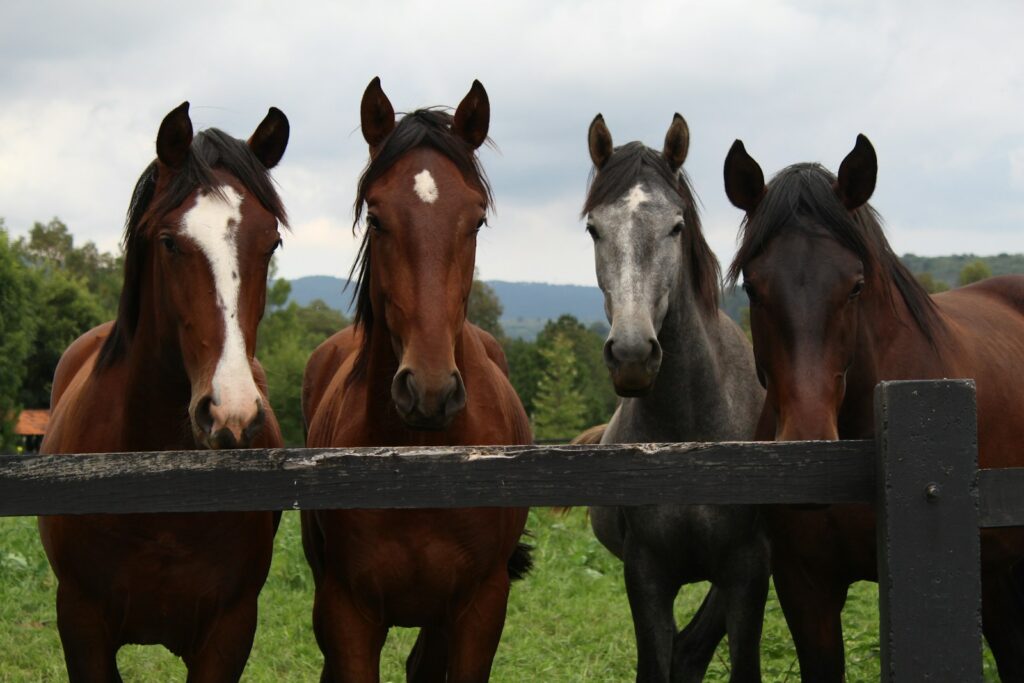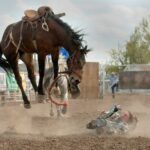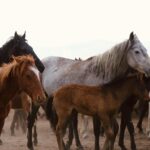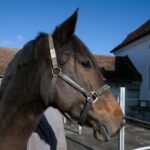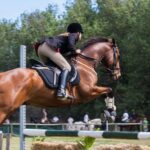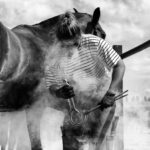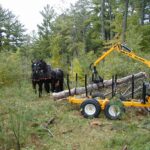From wild west shootouts to medieval battles, horses have been essential partners in cinematic storytelling for over a century. These majestic animals bring authenticity, drama, and emotion to our screens, often becoming stars in their own right. While many breeds make appearances in film and television, certain types have become favorites among filmmakers for their distinctive looks, trainability, and on-camera presence. Let’s explore the magnificent horse breeds that have helped create some of Hollywood’s most memorable moments, the characteristics that make them ideal for different roles, and some of the iconic productions they’ve appeared in throughout film history.
American Quarter Horse
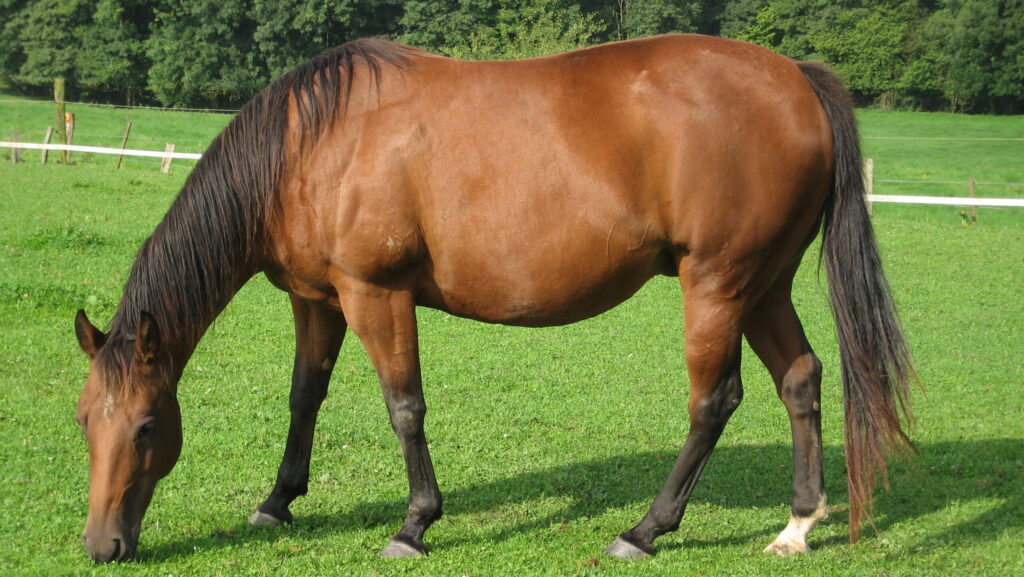
The American Quarter Horse reigns as perhaps the most frequently featured equine in Western films and television shows, owing to its incredible agility, muscular build, and calm temperament. These horses excelled at quick starts, stops, and turns – skills that made them perfect for action sequences and chase scenes across the American frontier. Their natural cow sense and historic role in ranch work made them authentic choices for Westerns like “Lonesome Dove, “Yellowstone” and countless John Wayne classics. The breed’s compact, powerful physique photographs well on camera, while their generally steady disposition makes them safer and more reliable for actors who may have limited riding experience.
Andalusian
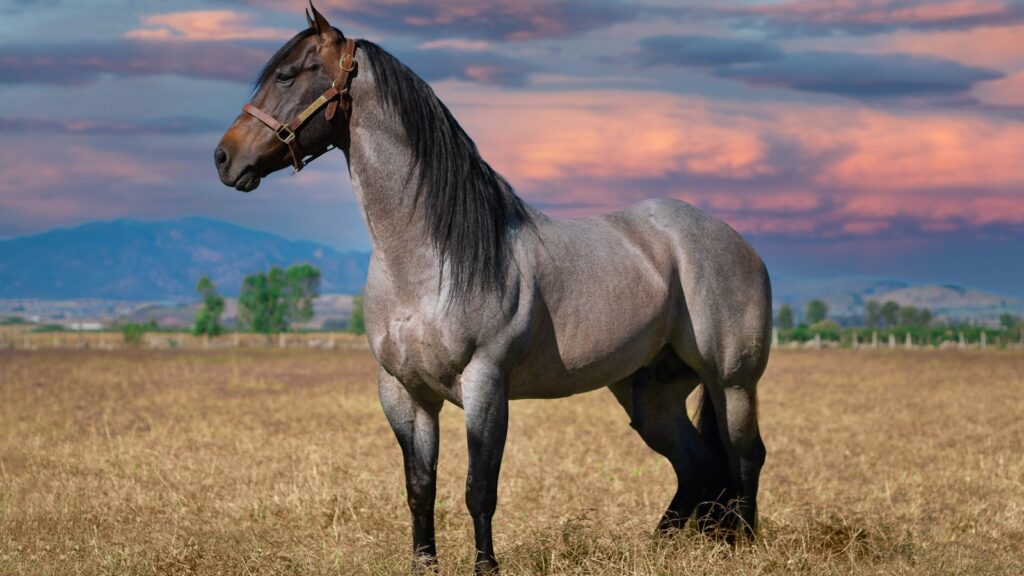
With their flowing manes, arched necks, and elegant carriage, Andalusian horses bring a touch of European nobility to historical epics and fantasy productions. These Spanish horses have a distinctive high-stepping gait and proud bearing that makes them ideal choices for royal characters, knights, and aristocrats in period films. Andalusians prominently featured in “The Lord of the Rings” trilogy, where their majestic presence complemented the epic scale of Middle Earth. Their naturally collected movement creates a dramatic silhouette, while their trainability allows them to perform the precise movements often required in complex battle sequences. These intelligent horses are particularly valued in productions where classical dressage movements enhance storytelling.
Friesian
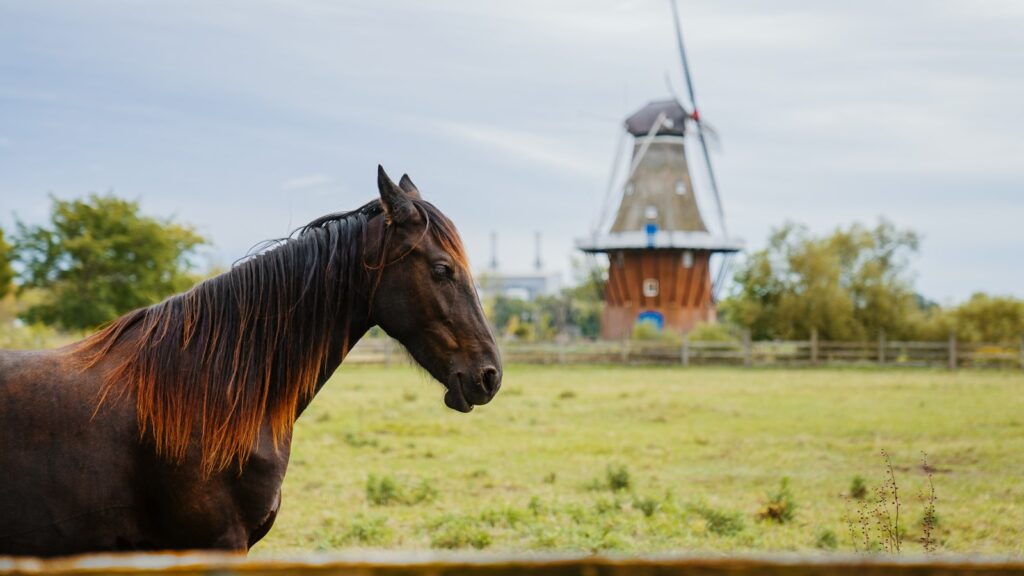
Few horse breeds make as dramatic an impression on screen as the jet-black Friesian with its feathered legs, flowing mane, and powerful presence. These striking Dutch horses are frequent choices for fantasy films, historical dramas, and productions requiring a touch of the mystical or supernatural. Friesians appeared prominently in films like “Ladyhawke,” “The Mask of Zorro,” and “The Chronicles of Narnia,” where their dramatic coloring and impressive stature created memorable visual moments. Their naturally high knee action and impressive carriage give them a theatrical quality perfect for creating visual drama. Despite their imposing appearance, Friesians typically possess gentle temperaments that make them reliable performers amid the chaos of a busy film set.
Thoroughbred
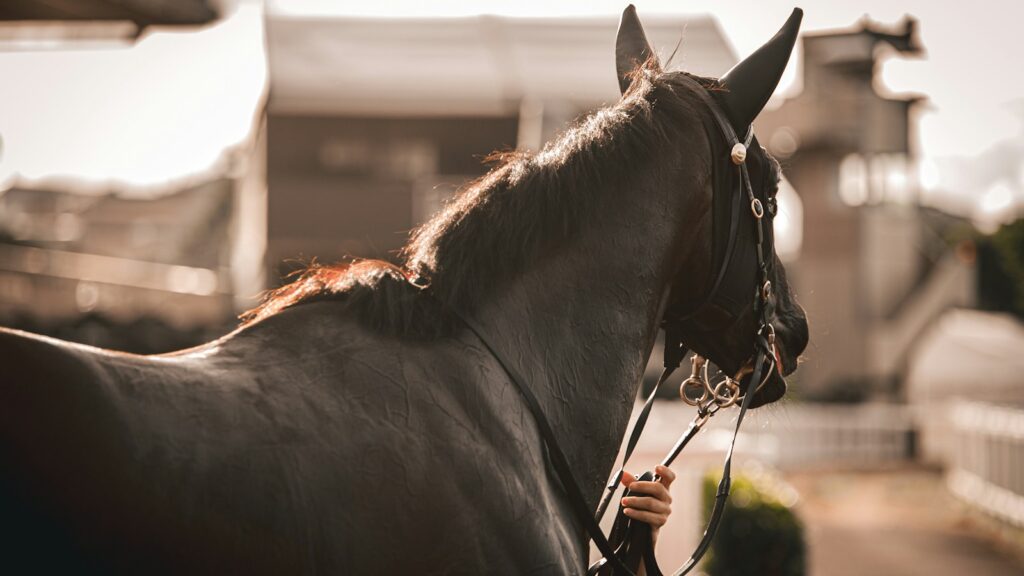
When speed and athleticism are required on screen, directors frequently turn to Thoroughbreds, the world’s premier racing breed. These refined, leggy horses brought authentic energy to racing films like “Seabiscuit,” “Secretariat,” and “Hidalgo,” where their natural competitiveness creates genuine excitement during race sequences. Their lean, elegant physique and explosive acceleration make for thrilling action scenes that require little enhancement. Thoroughbreds’ expressive faces and sensitive nature also allow them to convey emotion, though their high energy sometimes presents challenges for filmmakers. Their versatility extends beyond racing scenes, as they frequently appear in modern settings requiring contemporary-looking riding horses.
Arabian
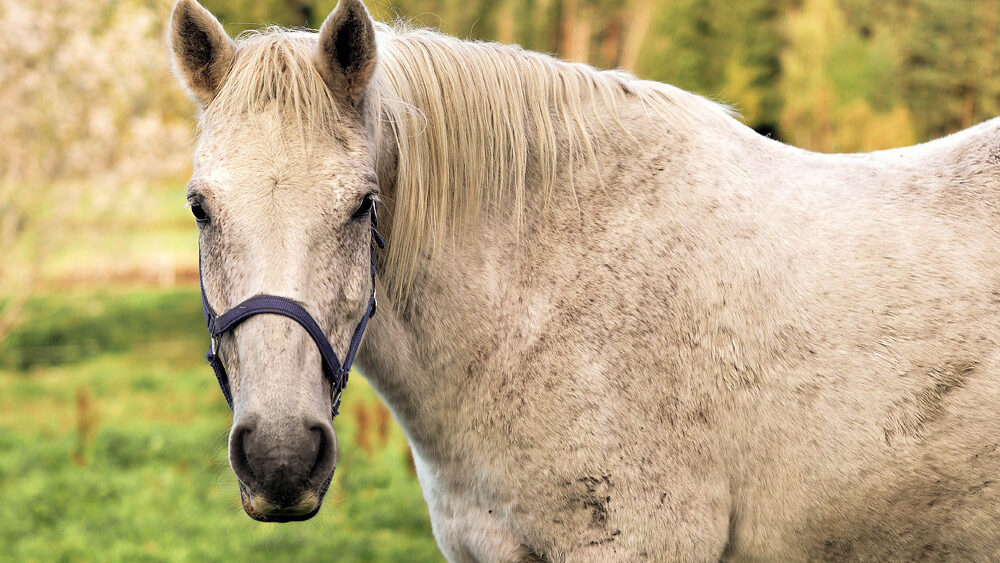
The Arabian horse, with its distinctive dished face, high-set tail, and flowing movement, brings exotic beauty to desert epics and historical adventures. These ancient horses appear frequently in films set in Middle Eastern landscapes like “The Black Stallion,” “Hidalgo,” and “Lawrence of Arabia,” where their natural affinity for hot climates makes them perfectly cast. Arabians’ intelligent expressions and responsive nature allow them to connect emotionally with human actors, creating memorable partnerships on screen. Their compact size makes them appropriate mounts for female actors or younger riders, while their renowned endurance makes them practical choices for productions filming in challenging environments. The breed’s natural elegance of movement requires minimal coaching to appear graceful on camera.
Appaloosa

The Appaloosa’s distinctive spotted coat pattern makes it an instantly recognizable presence in Westerns, particularly those featuring Native American characters or themes. These colorful horses create authentic visual connections to indigenous horse culture in films like “Dances with Wolves,” “The Lone Ranger,” and “Appaloosa.” Beyond their striking appearance, these horses possess a sturdy build and practical temperament that serves them well during complex filming scenarios. Their heritage with the Nez Perce tribe gives productions historical accuracy when depicting certain periods of American frontier history. The variety in their spotting patterns allows filmmakers to select horses with specific looks to match production design or character requirements.
Mustang
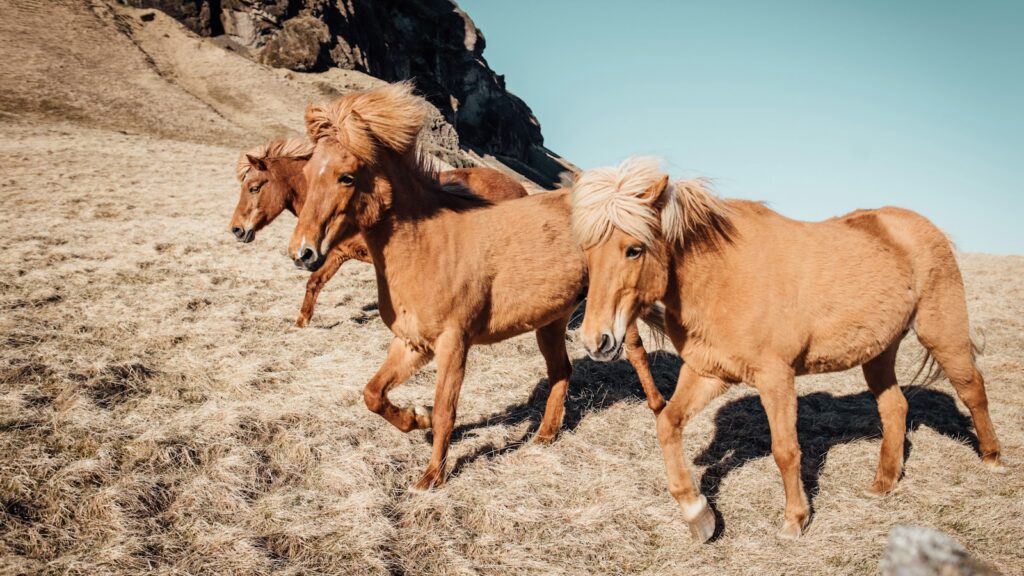
When filmmakers need to capture the spirit of wild America, they frequently turn to Mustangs, either genuine wild horses or domesticated ones with their characteristic hardy build and independent spirit. These symbols of freedom feature prominently in films like “The Misfits,” “Unbroken,” and more recently, “Mustang” and “Spirit: Stallion of the Cimarron,” where they represent untamed wilderness. Their natural survival instincts and expressive behaviors provide authentic moments that trained behaviors can’t replicate. Mustangs’ varied appearances, from dun coloring to primitive markings, connect viewers visually to America’s frontier history. Their genuine reactions to their environments often create spontaneous moments that enhance storytelling authenticity.
Clydesdale and Other Draft Breeds
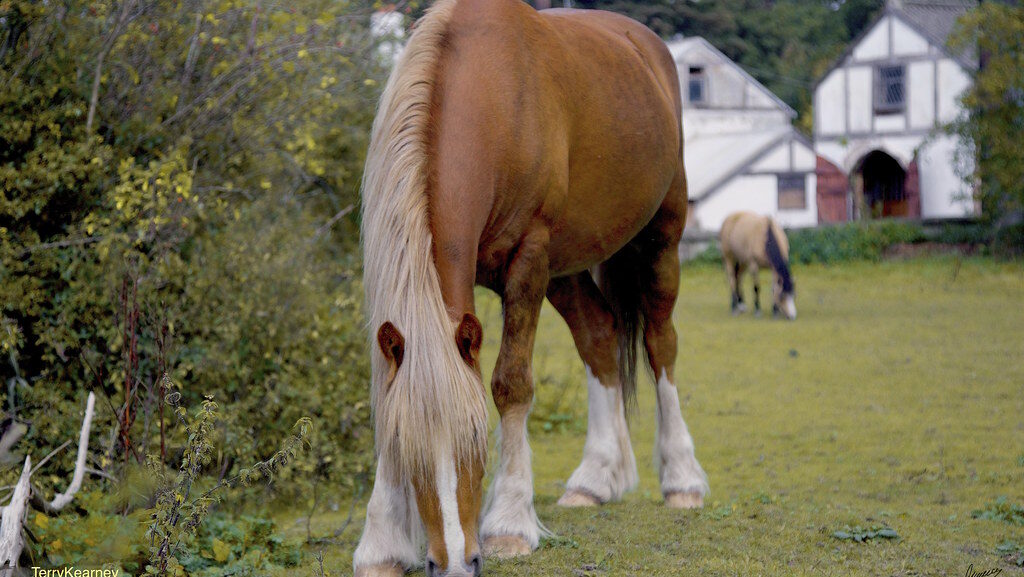
When directors need horses that project power, size, and industrial strength, draft breeds like Clydesdales, Percherons, and Shires step into the spotlight. These gentle giants appear in historical epics like “Braveheart,” “Gladiator,” and “War Horse,” where their massive frames can convincingly carry armored knights or pull heavy wagons and artillery. Their feathered legs and imposing height create visual drama that makes them perfect for ceremonial scenes or moments requiring particular grandeur. Despite their intimidating size, most draft breeds possess exceptionally calm temperaments that make them reliable performers even in chaotic filming conditions. The horses’ historical connection to warfare and agriculture gives period films an additional layer of authenticity and emotional impact.
Lipizzaner
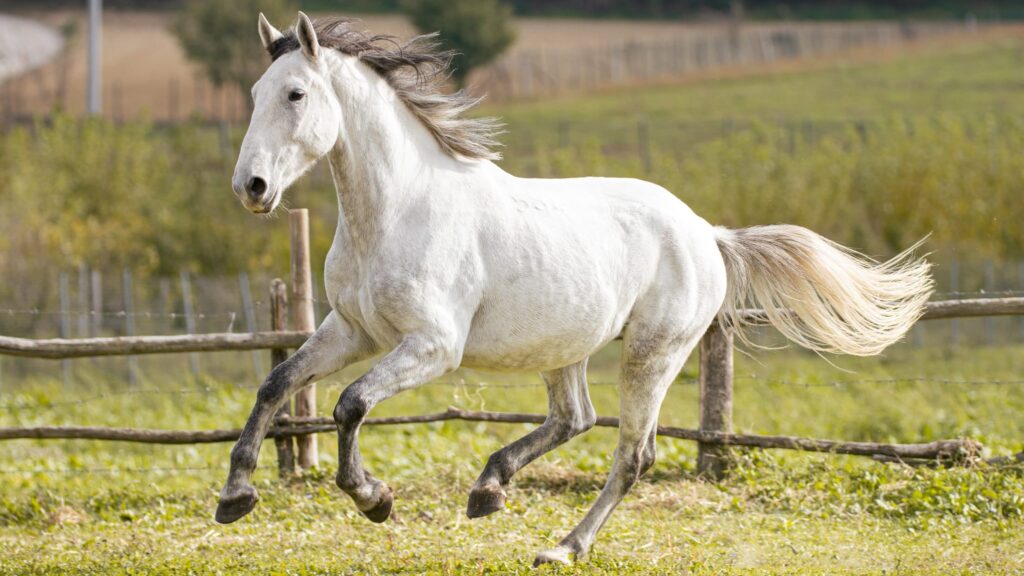
The Lipizzaner’s remarkable training capabilities and distinctive appearance make them standouts in films requiring classical dressage or formal military precision. These horses, famous for their performances at the Spanish Riding School in Vienna, featured prominently in “The Miracle of the White Stallions” and make appearances whenever filmmakers need horses capable of performing advanced movements. Born dark and gradually turning white as they mature, Lipizzaners provide filmmakers with a unique visual transformation possibility. Their intelligence and receptiveness to subtle cues make them capable of performing precise movements that few other breeds can master. These horses’ historical connections to European nobility make them authentically cast in films set in royal courts or military settings.
Paint/Pinto
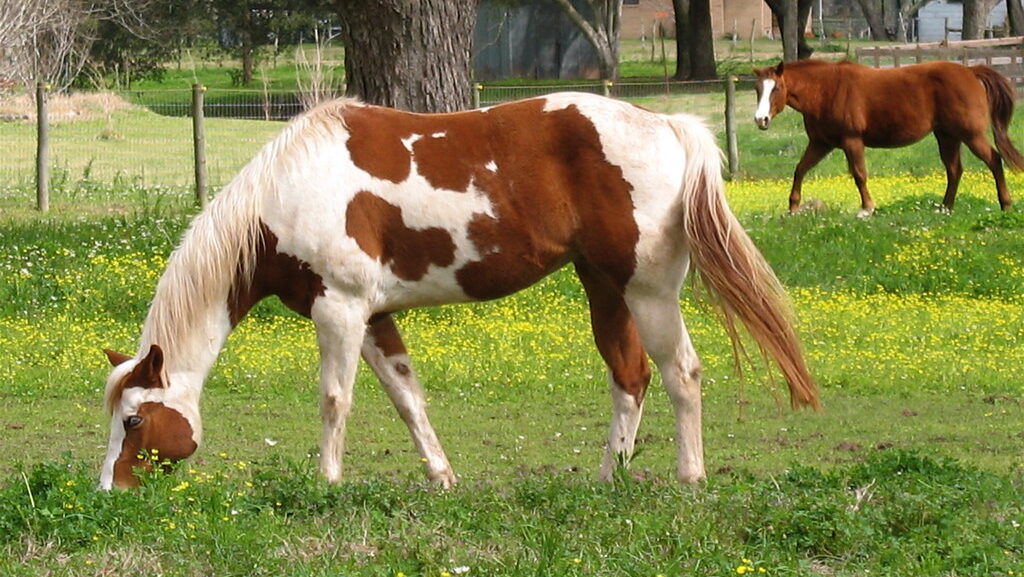
The striking black-and-white or colored patterns of Paint and Pinto horses make them camera favorites when directors want horses that stand out visually on screen. These distinctively marked horses appear in countless Westerns and contemporary films where their eye-catching appearance draws viewer attention and creates memorable imagery. The individuality of each horse’s pattern means filmmakers can easily match specific horses across shooting days or identify particular characters’ mounts for audience recognition. Their typical Quarter Horse bloodlines provide the same practicality and trainability that makes their solid-colored cousins so popular with film professionals. These horses frequently appear in productions like “The Lone Ranger,” “Hidalgo,” and “Dances with Wolves,” where their distinctive markings become part of character development.
Akhal-Teke
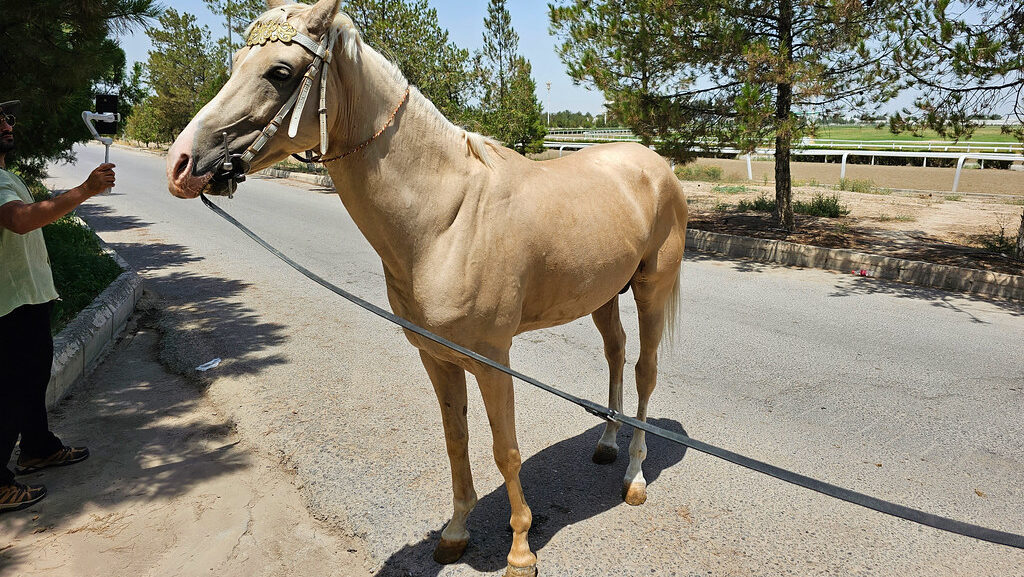
When filmmakers require horses with an otherworldly quality, they occasionally turn to the rare and distinctive Akhal-Teke breed, known for its metallic coat sheen and unusual conformation. These ancient Turkmen horses appear in fantasy productions or historical epics where their unique appearance suggests exotic locations or supernatural elements. Their naturally reflective coats, especially in the golden buckskin shades, create a luminous effect on camera that requires no special effects enhancement. The breed’s lean, almost greyhound-like build provides a silhouette unlike any other horse breed. Their rarity makes them special additions to productions like “Alexander,” where their unusual appearance signals viewers that they’re seeing something extraordinary.
Welsh Ponies and Cobs
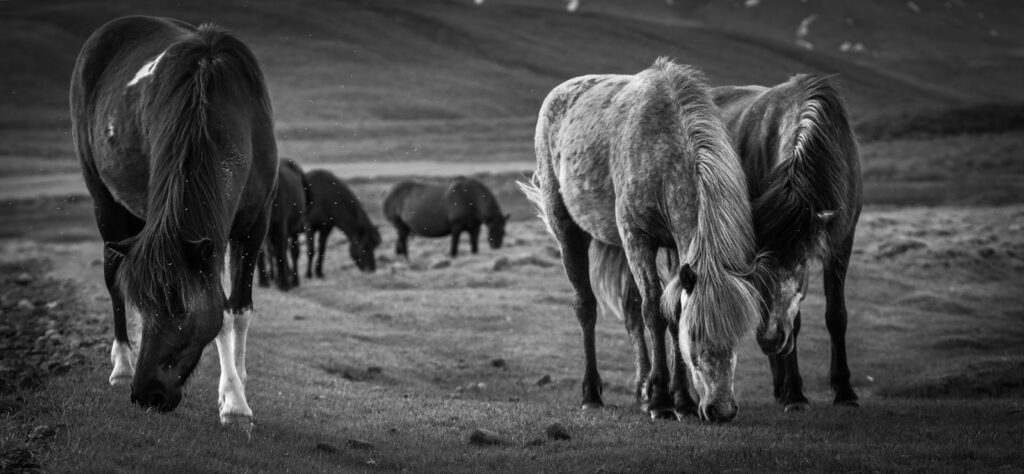
Productions featuring child actors or requiring smaller equine performers often utilize Welsh Ponies for their manageable size, intelligence, and steady temperaments. These versatile, smaller equines appear in family films, coming-of-age stories, and productions like “Black Beauty,” “The Horse Whisperer,” and “War Horse.” Their natural hardiness makes them practical choices for challenging filming conditions or productions requiring long shooting schedules. The larger Welsh Cobs combine pony character with nearly horse-sized proportions, making them suitable for adult actors who need a mount that’s not too tall but still looks proportional on camera. The ponies’ expressive faces and intelligent eyes help them connect emotionally with viewers, particularly in stories centered around children’s relationships with horses.
Behind the Scenes: Horse Training for Film
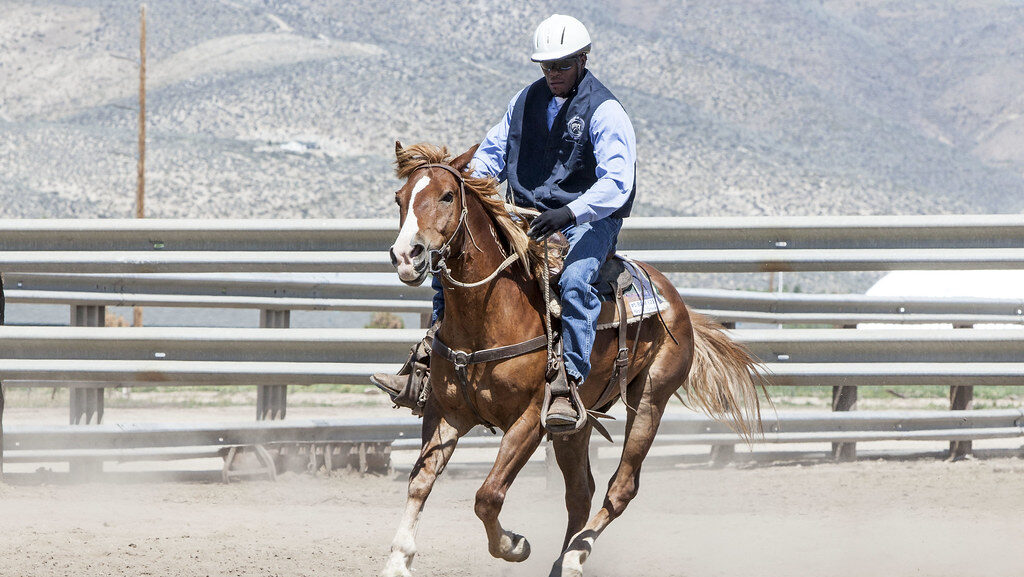
Creating movie magic with horses requires specialized training far beyond basic riding skills, with dedicated equine performers often working for years to master the behaviors needed on set. Film horses must become desensitized to unusual stimuli like cameras, lights, explosive effects, and the chaos of production environments that would spook most equines. Specialized trainers use positive reinforcement to teach horses to hit marks, perform behaviors on cue, and work safely around actors who may have limited equestrian experience. Many successful film horses develop extensive “vocabularies” of dozens or even hundreds of cues for specific behaviors, ranging from rearing on command to falling safely or appearing aggressive without being dangerous. The most successful equine actors often build careers spanning multiple productions, becoming valued performers whose specific skills and reliability command premium fees.
Conclusion
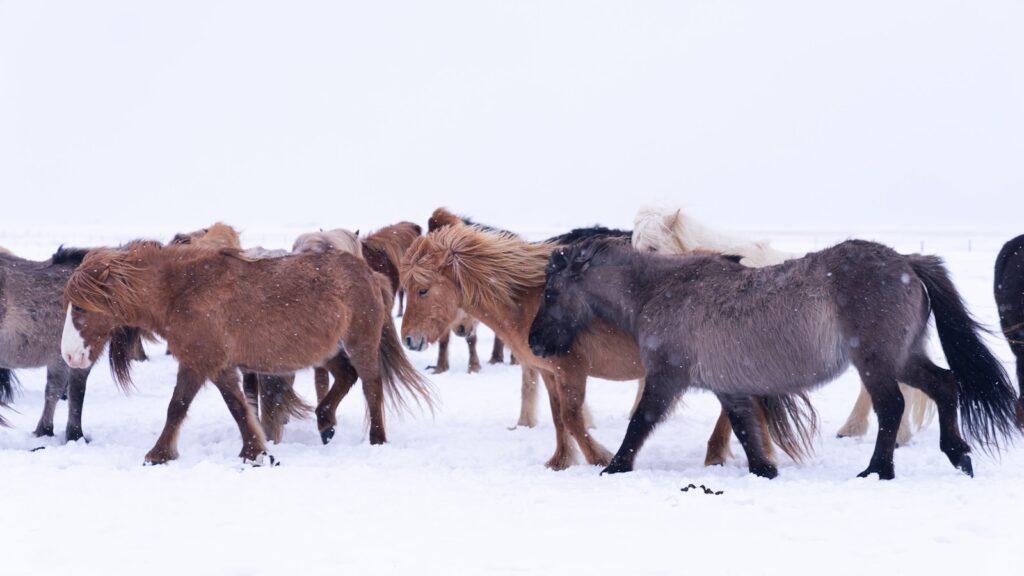
The horses that grace our screens are more than just background elements—they’re skilled performers whose selection is as carefully considered as any human casting choice. From the muscular Quarter Horse galloping through Western landscapes to the elegant Andalusian prancing in medieval epics, these equine actors bring authenticity, beauty, and emotional connection to countless productions. Behind every dramatic charge, tender moment, or comedic scene featuring these magnificent animals are teams of dedicated trainers, handlers, and wranglers who ensure both safety and performance excellence. The next time you watch a film or show featuring horses, take a moment to appreciate these remarkable animals whose natural beauty and trained talents have helped create some of entertainment’s most unforgettable moments.

